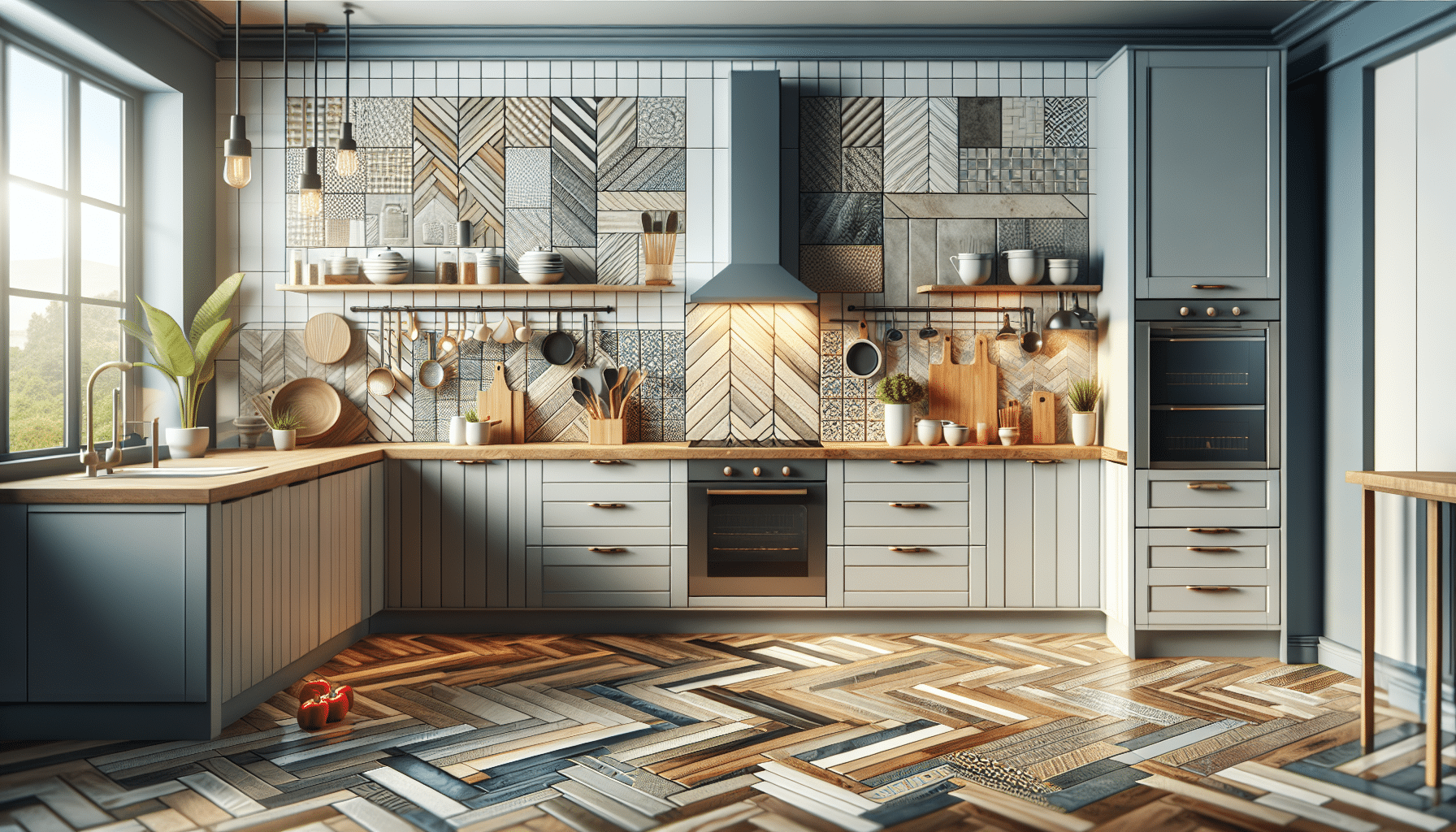In recent years, interior design has experienced a notable evolution, with the use of herringbone tiles standing out as one of the most relevant elements in kitchen decoration. This pattern, rooted in medieval architecture, has resurged strongly, adding both aesthetics and functionality to culinary spaces.
Herringbone tiles, arranged in a diagonal pattern that evokes the shape of a fishbone, add a touch of sophistication to any kitchen. Current trends reveal that homeowners are increasingly looking to personalize their spaces, and the herringbone design offers a versatility that adapts to different decorative styles. From rustic kitchens to more contemporary ones, this type of tiles easily integrates into various color palettes and materials.
Among the most appreciated styles, minimalism stands out for its elegance and simplicity. In this sense, neutral tone tiles such as white, gray, or beige can create a visual effect that enlarges the space, while a matte finish gives a modern touch. For those who prefer a bolder style, the choice of vibrant colors and mixed patterns can work as the focal point of the kitchen, injecting personality and freshness into the environment.
Beyond their visual appeal, herringbone tiles offer practical and functional advantages. Their design facilitates cleaning and maintenance, making them an ideal option for the busiest areas of the kitchen. Additionally, they are durable and resistant to moisture, essential characteristics in an area where food is handled and various daily activities are carried out.
Interior designers suggest some recommendations for those considering incorporating herringbone tiles in their kitchens. First and foremost, it is essential to consider the space’s lighting. Good lighting can highlight patterns and colors, creating a warm and welcoming atmosphere. Likewise, combining the tiles with furniture and accessories that contrast can balance the decoration. For example, light wood or stainless steel furniture can offer an interesting contrast with dark-tone tiles.
Finally, it is advisable to seek the collaboration of professionals during installation. Although the herringbone design may seem simple, its placement requires planning and precision to avoid errors that could be costly.
In conclusion, herringbone tiles have established themselves as a timeless trend in kitchen design. Their versatility and ability to transform spaces make them an increasingly popular choice among those looking to give their homes a touch of distinction and style. With the right combinations, this element can completely transform the perception of a culinary environment, making the kitchen not only functional but also aesthetically appealing.
via: MiMub in Spanish











